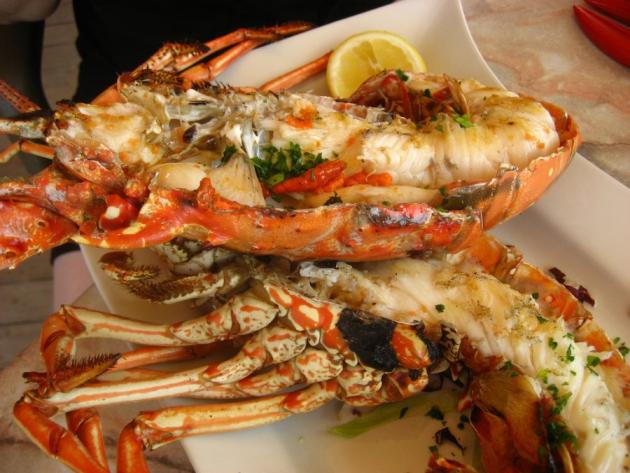Your Delicious Lobster Wasn't Always On The Menu. It Was A Fertilizer To Begin With
Aug 21, 2013 20:12

Lobster is awesome. Right? But just before it made its way to menus all around the world, lobsters once were a throw-away food. European settlers in North America wrote about how lobsters were so plentiful back in the day that piles of it, at two feet high, would wash ashore in Massachusetts Bay Colony.
Instead of putting them on their dish, they used them as fertilizer and fish bait.
There were so many of them, which meant that colonists had easy access to protein during bad seasons or harvests. The lobster soon gained reputation as the poor man's protein. They were fed to prisoners, slaves, and more, to save money.
In the mid 1800s, things changed. Canned food and railway transportation arrived, and then tourism. People would buy cheap canned lobster, which went on to become the most popular canned products on the market.
And then fresh lobster was suddenly popular. Who wouldn't want fresh lobster by now? Because of the new demand, restaurants started serving the lobster dishes, and recipe books began describing the best ways to poach and cook lobsters. By World War II, lobster was considered a delicacy
So the next time you dine on lobster, remember that it used to get thrown away before. Now they are charging a premium on it.







































































